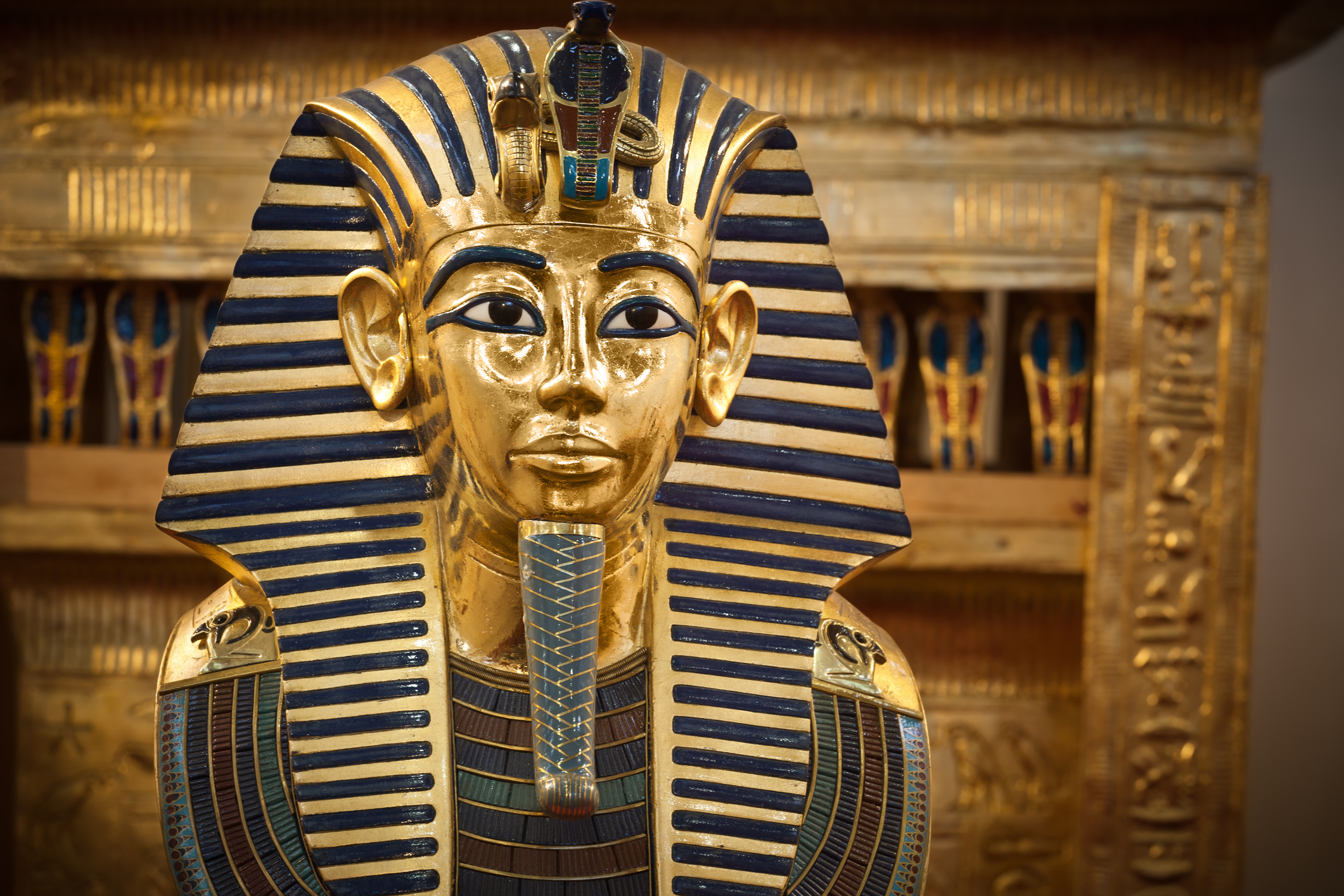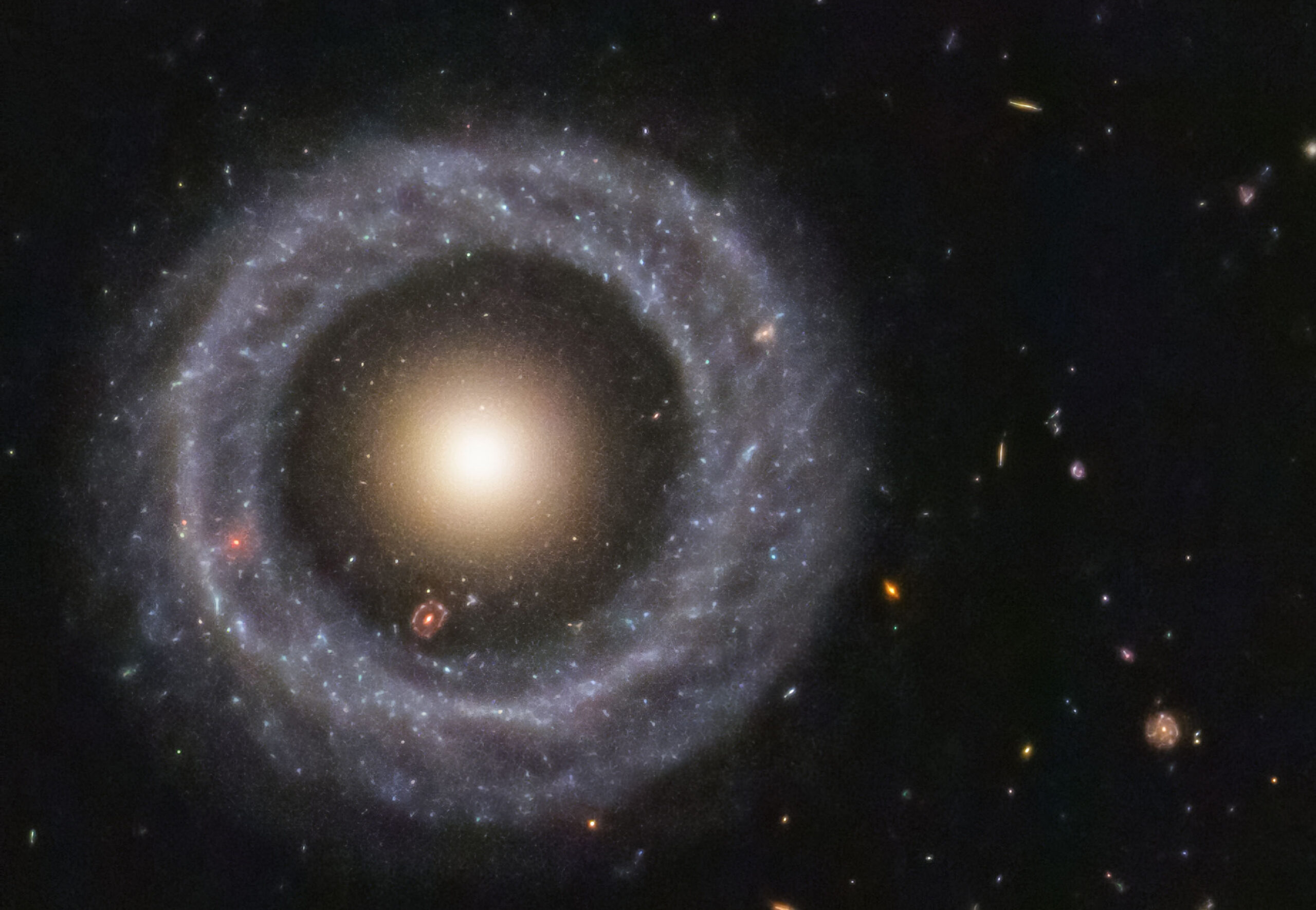Astronomers have mapped a rare planetary system consisting of six planets using data from the European Space Agency's (ESA) Cheops Space Telescope.
According to a statement from the HUN-REN Research Center for Astronomy and Earth Sciences (CSFK), this discovery, to which the work of galactic researchers also contributed, is particularly interesting because the orbits of the planets indicate that the system has spent more than a billion years since its formation in a state. Fundamentally unchanged.
The star with catalog number HD110067 is located about 100 light-years from Earth, in the Northern Hemisphere, in the constellation Coma Berenice. Its mass and radius are about 80 percent of the Sun's mass.
In 2020, NASA's TESS (Transiting Exoplanet Survey Satellite) satellite detected dips in the star's brightness indicating that planets are passing in front of the star's disk. The preliminary analysis revealed two possible planets, they wrote.
Two years later, TESS discovered the star again. A combined analysis of the previous and new data ruled out the original interpretation, and instead made the existence of two other planets, different from those in the first interpretation, possible. Although these findings were much less mysterious than the first ones, much of the TESS data was still unclear. It was then that Raphael Locke (University of Chicago) and his colleagues became interested in this phenomenon.
As a result of their efforts, they were able to confirm the presence of a third planet in the system, while also finding the key to explaining the system, as it was clear that the three planets were orbiting in the system on what is called resonance. Orbits.
Predicting the additional orbital resonance and comparing it to the remaining unexplained data allowed the team to discover the other three planets in the system.
Identifying resonant planetary systems is extremely important, because it reveals important information to researchers about the formation of the systems and the evolution of the immediate following period. “Planetaries seem to form mostly in resonant orbits around stars, but they can easily leave them under the influence of even the smallest perturbations. For example, a very massive planet, another star passing close by, or even a massive collision event could easily occur,” the researchers explained. That the end could upset the delicate balance.
According to the report, astronomers know of several multiplanet systems in which the resonance no longer exists, but whose orbital periods are so large that this may have been the case at some point in the past. However, planetary systems that maintain a resonant state for a long time are rare.
“We think that only about one percent of all systems stay in resonance,” explains Rafael Locke. That's why HD110067, which still shows its vintage condition, is special and worthy of further investigation.
According to the report, only three resonant planetary systems that include six planets are known so far, and astronomers can thank Khufu for two of them.
“The new discovery of Cheops clearly proves that the operating principle formulated more than 10 years ago, the concept of an ultra-precise space photometer that can be directed to almost anywhere in the sky, works perfectly. The true nature of the strange system discovered by Laszlo Kiss confirmed, The Hungarian member of the Scientific Steering Board of the Cheops Consortium, in the announcement, said that the American space telescope TESS would not have been possible to know through the flexible Cheops and without data collection adapted to the targets.
HD110067 is the brightest star with at least four planets orbiting it. Since they are all smaller than Neptune and likely have extensive atmospheres, they are ideal targets for NASA's James Webb Space Telescope, the European Space Agency's James Webb Space Telescope, and ESA's future Ariel and Plato space telescopes, which will also study the composition of the planets' atmospheres. .
According to a previous announcement, Tamas Barczy (ADMATIS Kft., Miskolc), Csizmadia Szilárd (Institut für Planetenforschung, Deutsches Zentrum für Luft- und Raumfahrt, Berlin), and László Kiss (HUN-REN Center for Astronomy and Earth Sciences) participated in the discovery. Budapest), Simon Attila (Abteilung für Weltraumforschung und Planetologie, Institute of Physics, University of Bern, Bern) and Giula M. Szabo (ELTE Gothard Astrophysical Observatory, Szombathely) also contributed.









































